Manic Pitch Rise
A complex pitch riser that introduces modulation automation to ratchet up the pressure.
Step 1
Draw a MIDI note for the duration of the rise. Start by tuning the note to the track’s key – although the exact note doesn’t matter too much unless you want to finish the rise with a sustained note.
Now start a new patch in Massive (File > New Sound) and set the 1Env (amp) envelope values to Attack 0%, Decay and Decay Level 100%, S Loop 100% and Release 50%.
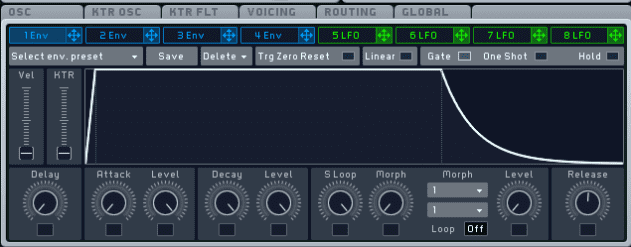
Step 2
There are various ways of producing the pitch rise, from envelope modulation of the pitch, to automation. This time we’ll get the effect a third way, by drawing in MIDI pitch bend data as a straight line, starting low and ending high.
To fine-tune the effect, edit Massive’s pitch bend range by entering the Osc panel in the central window and changing the Pitchbend Up value to 12.00 and Down to -12.00. Rises can span a range anywhere from two semitones to several octaves.
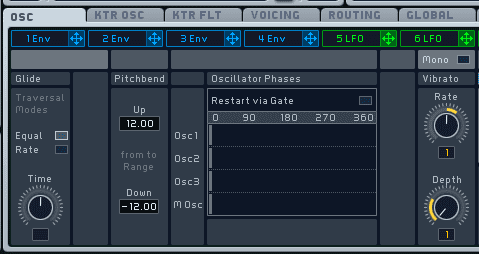
Step 3
Almost any type of oscillator can be used – sine, saw or square waves all deliver the goods. To add thickness to the sound, stack a couple of oscillators an octave apart by switching on Osc2 and reducing Pitch to -12.00. For added character, try detuning the oscillators a little.
Step 4
A variety of effects can be employed to sweeten the sound, with the usual suspects being reverb, delay and chorus. For more dramatic effects use a large hall reverb with several seconds decay time, high density and dry/wet mix of around 50%. In Massive, you could use the Reverb effect set to the values pictured:
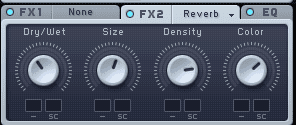
Finally, add a little high shelf EQ at around 5 kHz for sparkle and to help the effect cut through a busy mix.
Step 5
For more excitement in the rise, use an LFO to make the pitch wobble as it travels upwards. To set this up, open the Osc panel then click and highlight 5LFO. Now route the LFO to modulate the pitch of both Osc1 and Osc2 with a depth of 3.00.
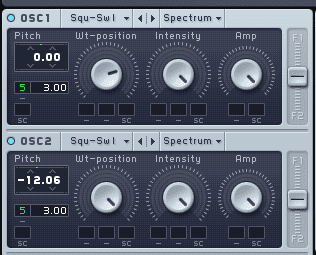
To sync the LFO rate to lock with a track’s groove, in the 5LFO panel highlight the Sync box (on the left, beneath SelectLFOpreset) then pick a division that works for the track. 1/8th or 1/16th notes work for a steady pacing.
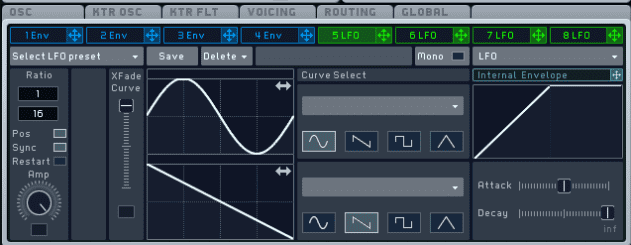
Step 6
A more advanced technique for increasing the energy of a track during the rise is to speed up the LFO rate as the pitch climbs.
To do this, deactivate Sync under 5LFO to turn it into a free-running LFO, then draw automation into your DAW to slowly increase the rate of 5LFO (listed as MODULATOR5-RATE in the automation options), starting at around 50%. Experiment with the shape of the automation – a straight line doesn’t always sound best, and better results can often be had by recording the automation curve in real time using a controller.
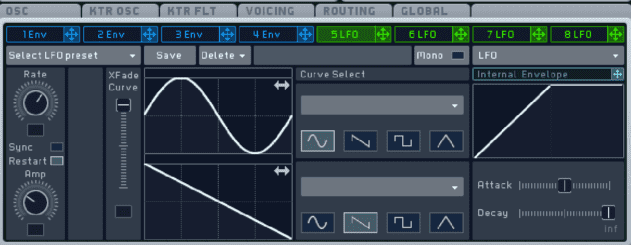
For the final touch, modulate the LFO depth (MODULATOR6-AMP) to start small and end big.
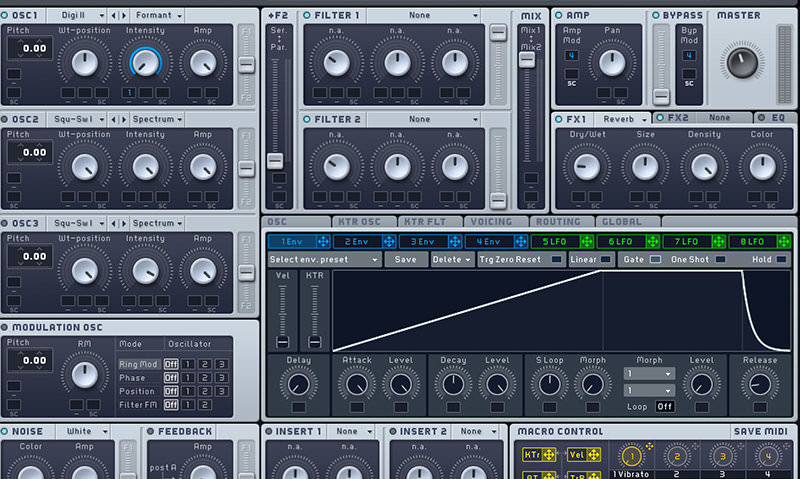
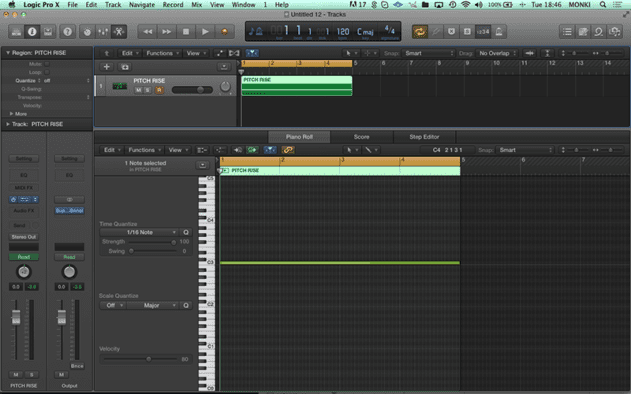
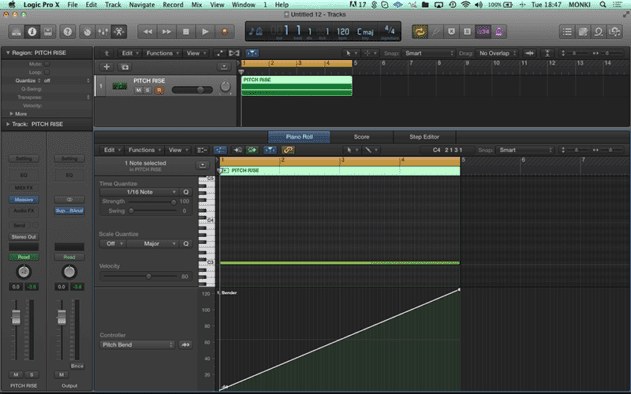
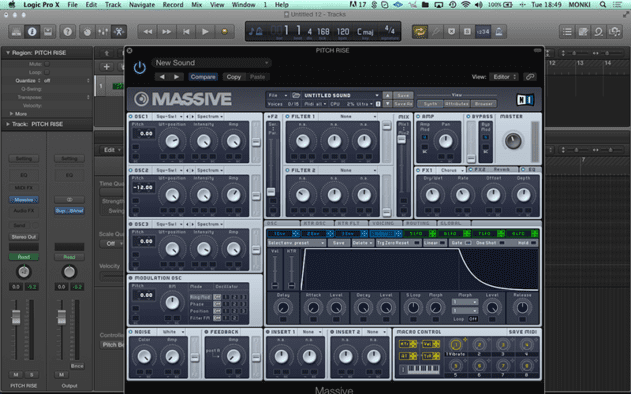
08.21 AM
Essential cheese, but foundational production chops. nice one attack!
01.12 AM
Thanks a lot, Big Help for me 🙂
03.13 PM
Wish this article came out years ago!
05.18 PM
Extremen usefull for me 🙂 Thx attack magazine!